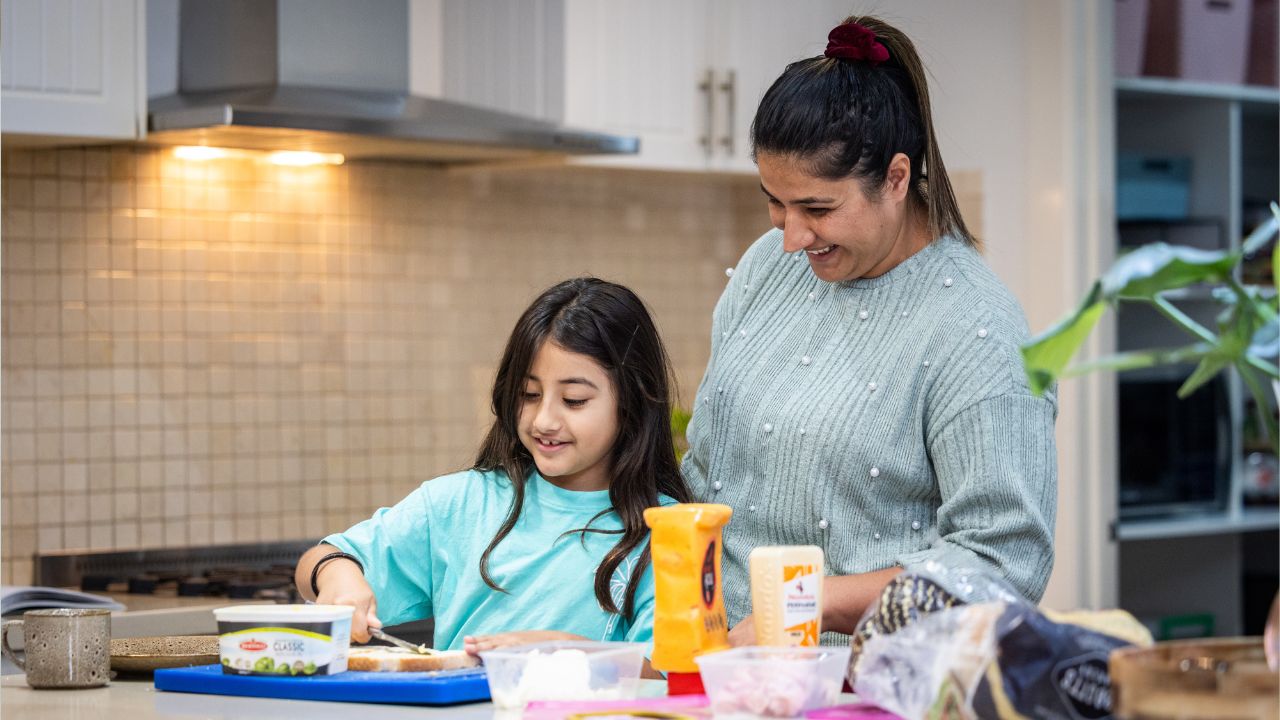Real help with the cost of living
Lower-income households spend a greater share of their income on essentials like food, housing, utilities and transport – making it harder to stay afloat with rising prices.
And because women still earn less on average than men and are much more likely to head up single-parent households, they are disproportionately affected by cost of living pressures – especially the costs that come from raising children.
This year’s Budget includes $1.4 billion to help ease cost of living for Victorian women and their families:
- Free public transport for all kids under 18, saving families up to $755 a year per child.
- Expanding free public transport for Victorians with a Seniors Card on weekends to include statewide travel.
- $100 Power Saving Bonus for eligible Victorian concession card households.
- $859 million to continue Free Kinder, saving families up to $2,600 a year – per child – on fees, and helping more women return to work.
- $152 million to increase payments for families through the Camps, Sports and Excursions Fund.
- $18 million in food relief to support those doing it hardest, including women who are more likely to experience food insecurity.
- $15 million for Get Active Kids vouchers, delivering more than 65,000 extra vouchers from 2025-26, helping even more families with the costs of kids’ sport – and encouraging girls and other under-represented groups to get involved.
- $5.1 million to enable the Good Money network to reach more Victorians, providing financial counselling and no-interest loans.
- $4 million for Mortgage Stress Victoria, to provide advice, ongoing representation and support to help people stay in their homes.
- Continuing the Energy Assistance Program to help Victorians reduce their energy bills.
Updated


